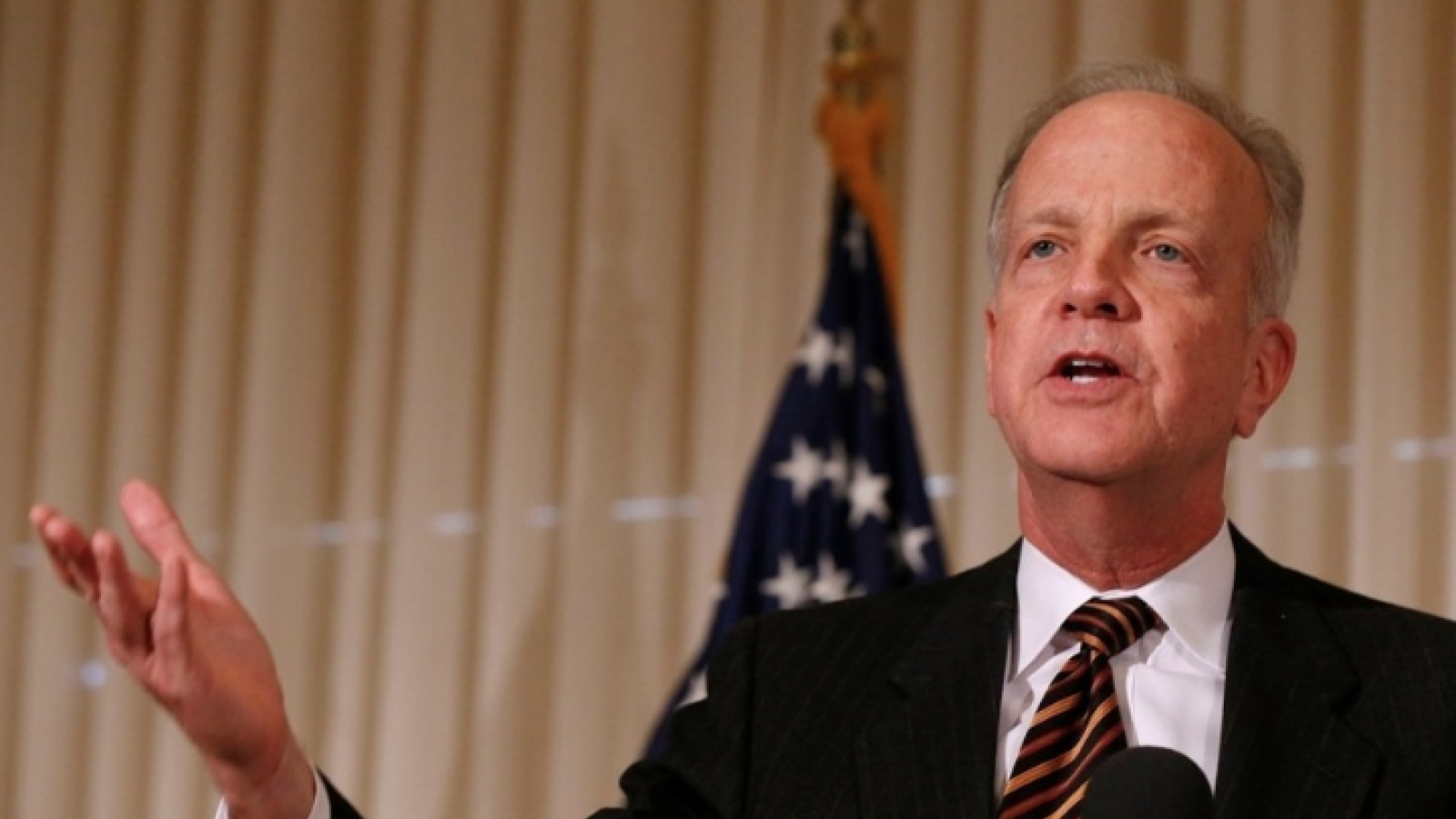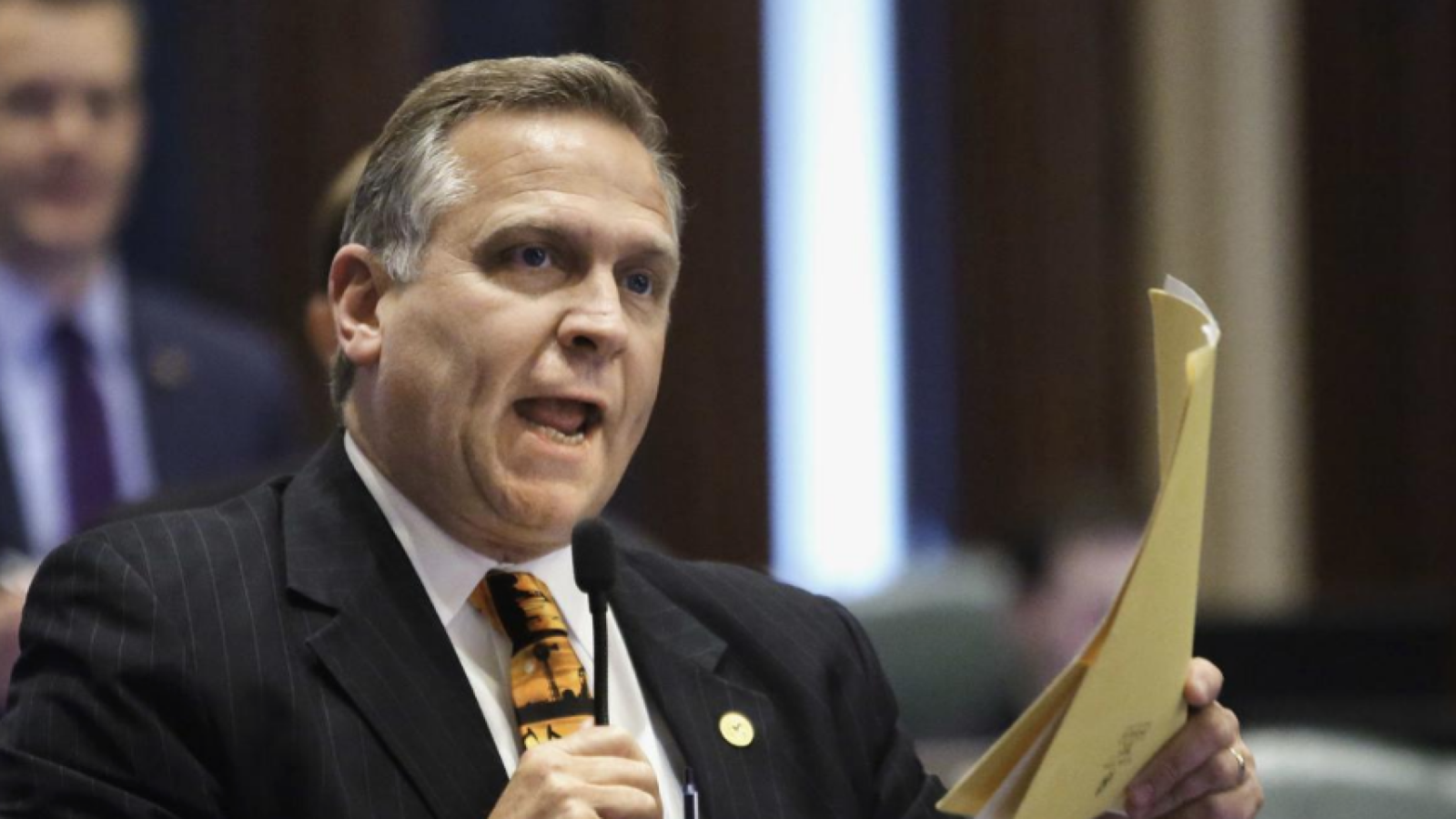Homeless veterans are persons who have served in the armed forces who are homeless or living without access to secure and appropriate accommodation.
- In the ‘About’ section of this post is an overview of the issues or challenges, potential solutions, and web links. Other sections have information on relevant legislation, committees, agencies, programs in addition to information on the judiciary, nonpartisan & partisan organizations, and a wikipedia entry.
- To participate in ongoing forums, ask the post’s curators questions, and make suggestions, scroll to the ‘Discuss’ section at the bottom of each post or select the “comment” icon.
The Homeless veterans category has related posts on government agencies and departments and committees and their Chairs.
PBS NewsHour (07:09)
https://www.youtube.com/watch?v=_Uc0TyEVdec
According to government data, homelessness in the U.S. increased 12 percent in 2023 compared to 2022. But one group has seen significant improvement over the last 15 years: veterans. Much of that can be credited to a government housing program known as HUD-VASH. Lisa Desjardins speaks with Ann Oliva, CEO of the National Alliance to End Homelessness, to learn more.
OnAir Post: Homelessness








